Bushwalking for beginners – How to start bushwalking in Australia when you are an overweight beginner
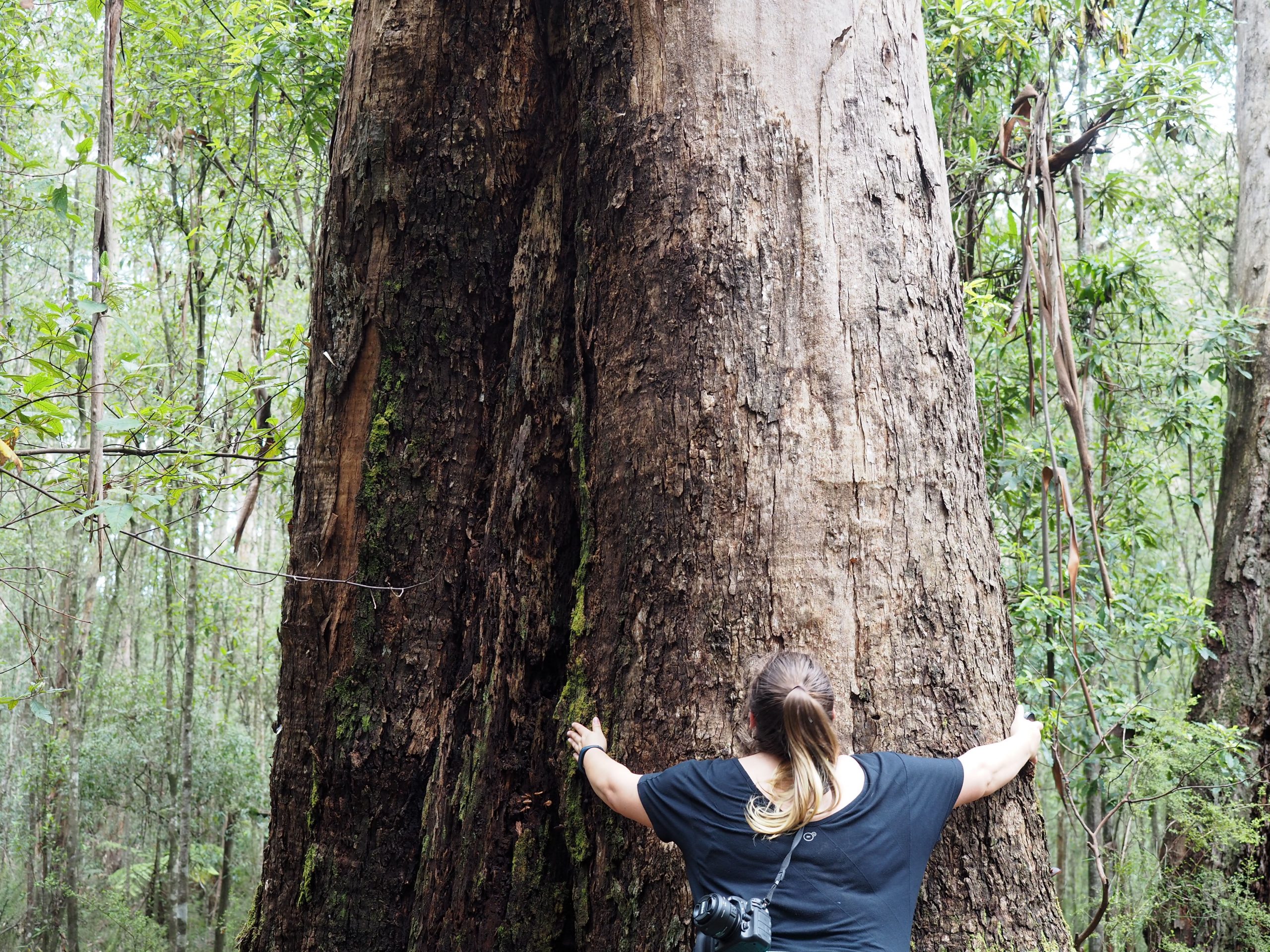
IMPORTANT INFORMATION Always check up to date government safety information before visiting parks and remote areas. This blog is reader supported- I may make a commission if you purchase from links – Privacy Policy.
Are you scared to try bushwalking because you are unfit or overweight?
Bushwalking can seem intimidating if you have never been before but it’s actually a really easy and cheap way to start enjoying an outdoor activity. If you are overweight or obese it’s a great way to exercise outdoors as walks can be chosen or adjusted for your fitness level and abilities. There are also many physical and mental health benefits from bushwalking.
If you are an absolute beginner, this quick guide to bushwalking for beginners will help you feel confident to plan and go on your very first bushwalk!
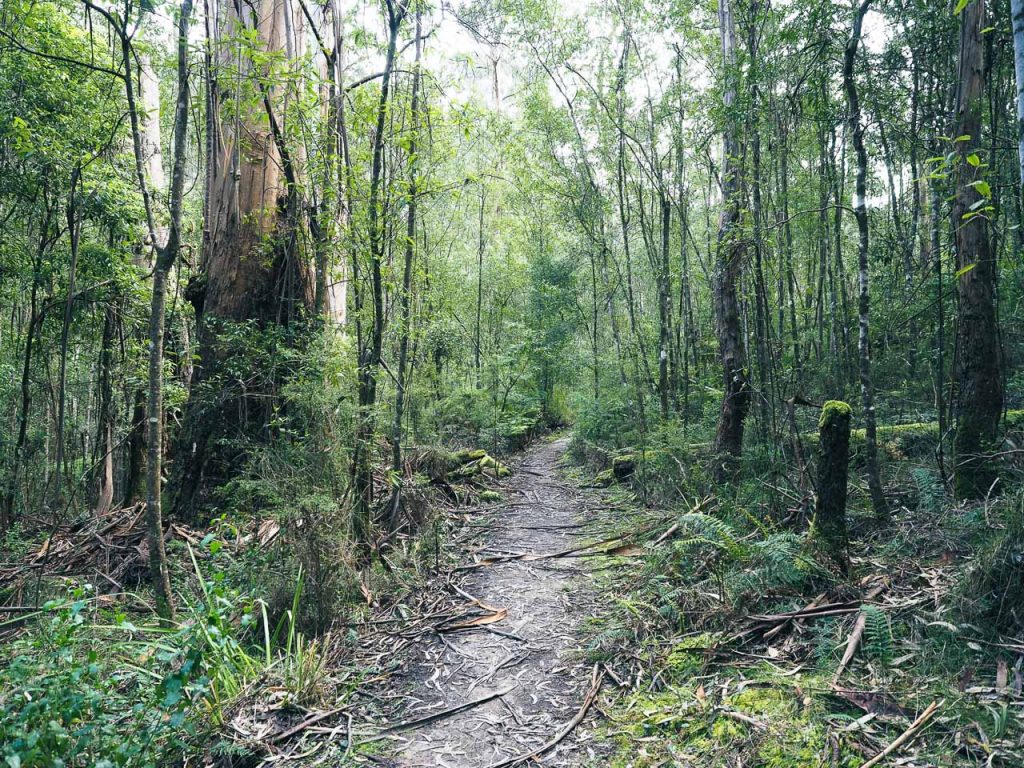
You can bushwalk if your overweight or obese
Around Australia there are bushwalks for all fitness levels as well as walks for people with limited mobility or in a wheelchair. Bushwalks in some places are as short as a few 100 meters all the way up to multi day hikes and everything in between.
The key is to pick a length that won’t deter you, this way you will have a fun and enjoyable time and want to go bushwalking again. It doesn’t matter if the distance you can cope with is 100 metres or 5km, it’s just a nice experience to switch off, relax and be surrounded by nature.
Why Bushwalk?
Because it’s fun, way more motivating than walking around the suburbs and it makes you feel good mentally and physically to walk surrounded by nature. You also have a sense of achievement when you have completed a bushwalk.
For many bushwalkers being in the bush becomes their happy place. I love to breathe the air which smells fresh with eucalyptus and enjoy spotting flowers, birds and wildlife. Bob Brown explains it best in a documentary on protecting the Tarkine:
We’re human beings, we come from a wild planet. To go back into wildness is to find ourselves.
Bob Brown in the video about protecting the Takayna/Tarkine video, produced by Patagonia
There’s no scientist that can reproduce it, there’s no great composer that can match it, there’s no great writer who can describe it. The experience of being in the wild is an extraordinary unique part of finding out who we are.
Bushwalking is also great for physical health and mental health. In addition to the well known cardiovascular benefits of walking, research from all around the world has found positive mental health benefits. This includes studies from the USA and Japan that found that walking in nature had more positive benefits on stress, depression, anxiety, and fatigue and improved moods compared to walking in city areas.
How to plan to go bushwalking
In many countries around the world there is a governing body that manages Parks and Reserves. In Australia this is a different agency in each state. Even though they are called ‘National Parks’ they are managed by the states (with the exception of the few federal parks which are Kakadu, Uluru and some other lesser known territories).
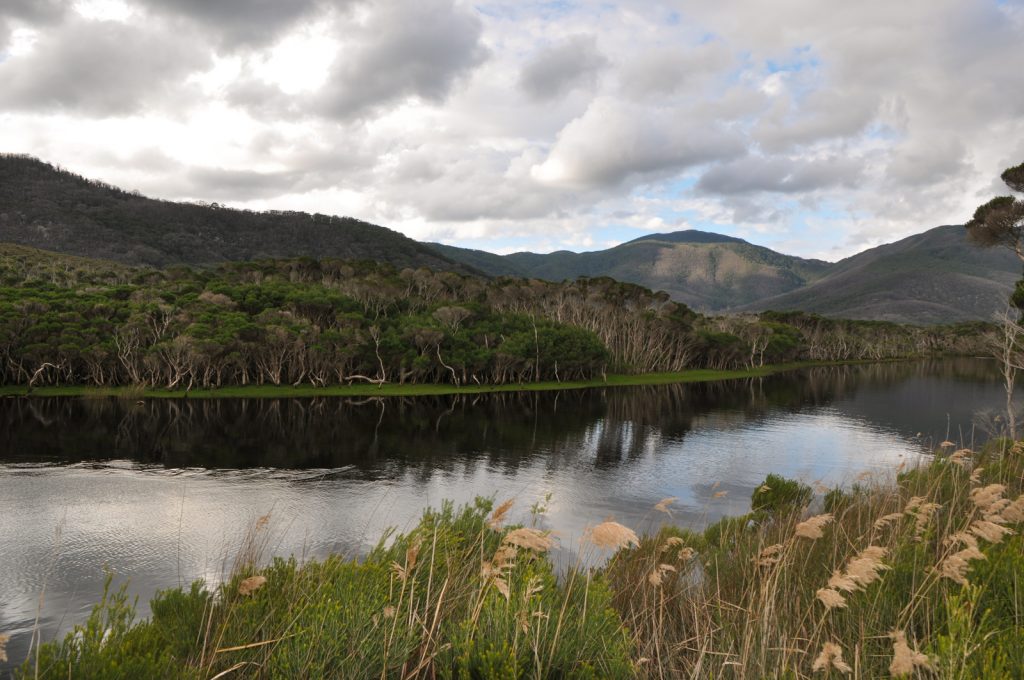
1. First, open your states equivalent parks website, here are the links for your state or territory.
- Australian Capital Territory
- New South Wales
- Northern Territory
- Park Australia (Federal Parks System)
- Queensland
- South Australia
- Tasmania
- Victoria
- Western Australia
2. Find a park and choose a walk
The website will have a find a walk or park feature. Some states have great lists of short walks you can use but otherwise you will likely need to check what walks are available at parks near you.
Find a park
When choosing a park popular parks and those close to cities can be a good place to find a range of different length bushwalk. Those parks are often are designed to cater for lots of visitors and have more detailed information about walks available. It also means there will be more people around in the park which is useful for your first walk if your a bit out of your comfort zone, especially if your walking by yourself. Lesser known parks or those further from CBD’s are the best option if your would prefer a quieter park with less people. On week days you will often have walks in less busy parks completely to yourself.
Become an experienced bushwalker before you attempt walks in Alpine and very remote environments.
Choose a walk
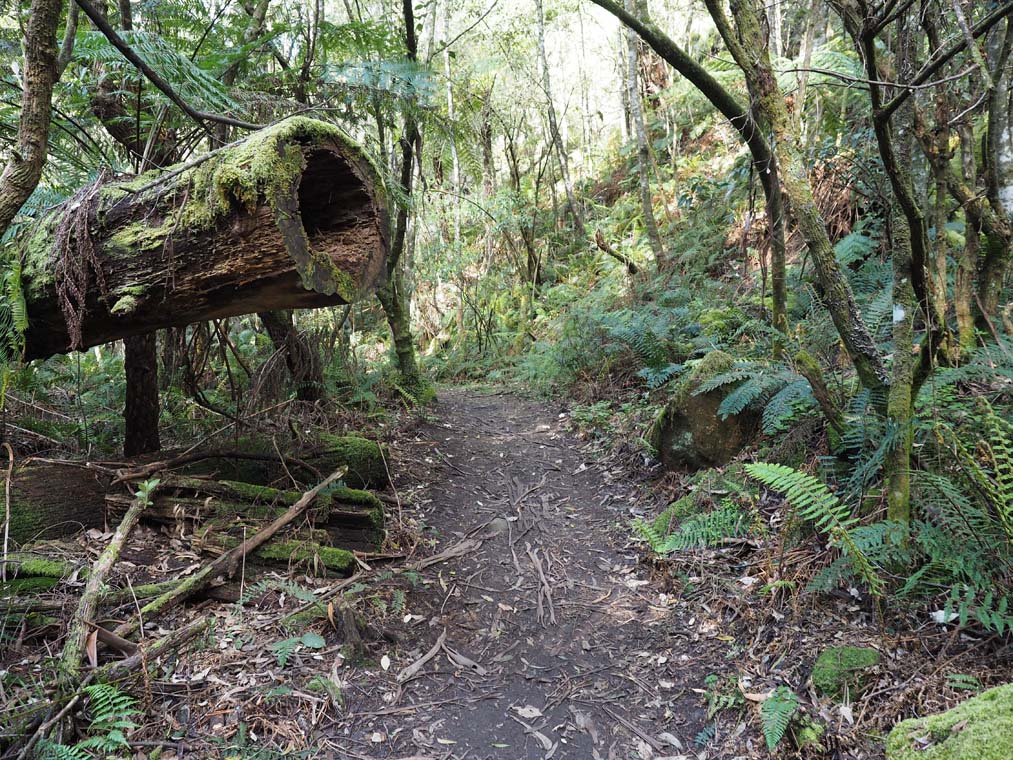
Walking tracks vary greatly from large flat fire trails to small winding uphill bush tracks.
Unfortunately, each website is different so navigation is trial and error, but you want to find a walk that is within your capabilities distance and ‘grade’ wise. You also want to keep in mind your abilities like balance as well as your gear.
If you have no hiking boots and not as good balance choose a walk that is flat rather than rocky or uneven. If it is a flat walk with an ‘easy’ grade then you can choose a similar length to what you can walk at home (or a little further if you want to challenge yourself). If the walk mentions hills and uneven surfaces and is a higher grade then it would recommend definitely starting with a much short walk than what you can do around the block at home as it takes longer to walk those tracks. If you love a challenge then go for it but if you’re about the experience like me you may find yourself with very tired feet trudging along wishing it was over if you go to far and hard on your first walk.
What is a Grading System?
A walking track grading system is designed to be a standard way of letting you know how hard a particular walk is and what obstacles might be involved.
There is a national walking track grading system that was recently introduced however this is by no means standard across signage and information around Australia. You will often find park signage is decades old. It is important to read the description of the walk as well as the information on how the track is graded in that state.
In general, as someone who is overweight and a beginner, aim for something graded ‘easy’. If it’s not a challenge you can always do another walk or aim for something harder next time!
Dogs in Parks
If you would look to take your dog you will need to search specifically for walks that allow dogs, that are few and far between. This is because dogs predator scent can affect the behaviour and migration of small native animals in a park as well as the risk from spreading seeds and disease on paws, fur and in poo (particularly if people let their dogs off lead).
It’s important high value conservation areas are protected from dogs . But all states and territories need to do a much better job at creating nature based recreation areas where dogs are allowed as 38% of Australian households own a dog and both people and pets could benefit from activity in nature.
To read more about how Australias parks systems work you can read this article I have written on my other blog.
Go for the bushwalk
To avoid disappointment always check for park closures and warnings before you leave especially if you are visiting a remote area. Parks or individual tracks can be closed because of fire, unsafe winds or track damage so you don’t want to drive all the way there to find the park is closed.
Always walk with plenty of daylight hours, allowing extra hours in case the walk is harder than you anticipated.
As a minimum you want to tell someone reliable where you going to check back in with them at the end. This is an absolute must if you are walking buy yourself.
What you should pack in your backpack
Referring to the park safety notes is always a great start. As a minimum on a non remote, non multi day bush walk I always pack:
- My Mobile phone and a screen shot or photo of signage with the maps
- Water
- Hat and sunscreen if needed
- A jumper and/or rain jacket depending on my location or time of year
- Basic first aid – bandaids and pain killers – but better would be a full kit with emergency blanket, bandages, antihistamines and other wilderness first aid options. If you have epi-pens, asthma or other medication this should be with you hiking at all times. (For a more comprehensive beginners backing list you can check out this blog post by Escaping your Comfort Zone )
It’s up to you to manage your risk while bush walking. People will always err on the side of caution when telling you what to pack and wear – they will tell you to have all the gear and safety precautions. This is because the right gear minimises chances of a rolled ankle or injury and ensures you are prepared to survive in the unlikely event you do get hurt or lost or caught out in inclement weather.
However lack of gear shouldn’t deter you – just adjust your walk choice accordingly.
What you should wear
Hiking Boots are the best options as they give the support to ankles, good grip and extra protection from rocks and wildlife. However runners or hiking sandles like Teva’s or Merrells will also do the job.
You want to be comfortable and avoid clothes that will cause chaffe or get heavy with moisture from sweat and rain (like jeans). If you have specific outdoor gear that’s great however exercise pants and a tshirt are also fine. To be honest most of the time I hike in yoga pants or some active pants with elastic waist and ankles from Anaconda and a cotton tshirt from somewhere like city chic or my size.
If you don’t own hiking boots this should not deter you from trying hiking. Runners and yoga pants are going to be pefectly adequate if you choose the right walk.
Frequently asked bushwalking questions and worries
But what about snakes and spiders?
Spiders are common and often form webs overnight across the track on narrow walks. If you are genuinely scared or have a phobia of spiders you may be better of choosing a walk on a wider track such as a fire trail or let someone else walk in front of you 🙂
Snakes are sometimes spotted on bushwalks. Ensure you create vibrations such as stomping your feet which will help deter them and don’t ever approach or interfere with the snake. Fatal snake bites are rare in Australia and according to the RFDS’s the majority of them happen around homes and buildings. Boots and long pants can help to provide protection and ensure you know basic first aid for a snake bite. If you give them the respect they deserve spotting them can actually be a really big thrill!
Bushwalking in Australia is a great way to de-stress, see beautiful places such as woodland and rainforest and waterfalls and spot birds and other wildlife. It has positive mental and physical health benefits and is an active alternative to catching up with family or friends.
Now that you have read to the end you should feel confident to plan and go on your first walk. Feel free to tag us in the photos – I would love to see and hear how your first bushwalk goes!
Happy Bushwalking 🙂
If you found this post useful please pin it or share it so others can find it to!
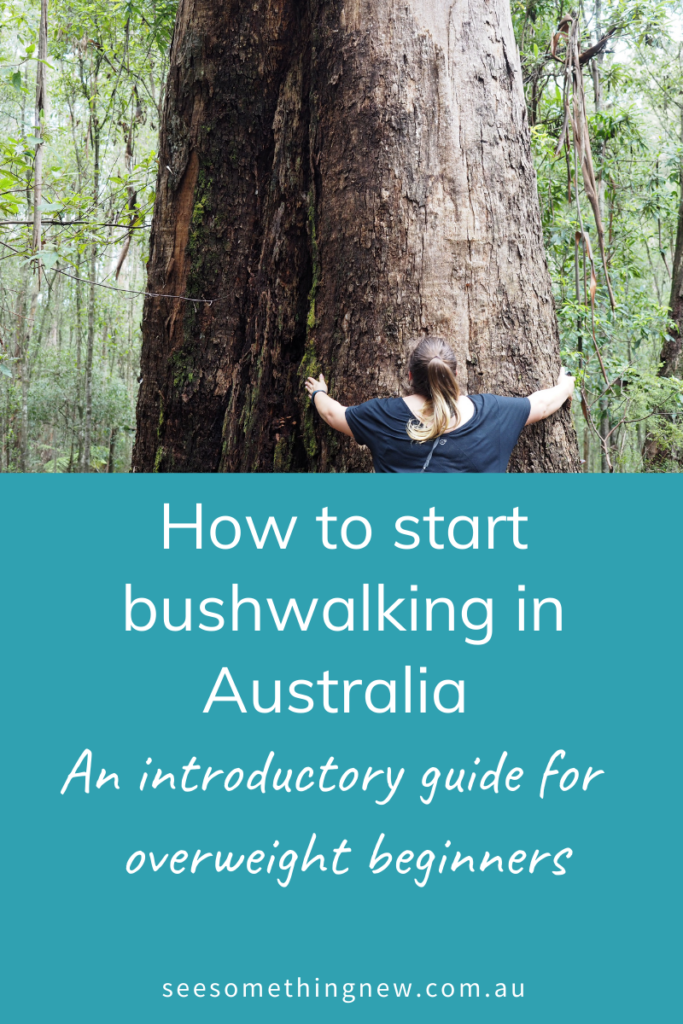
References & Links
All images are © Belinda Nixon 2019 and used with permission. I am the author of these images.
Ewert, A & Chang, Y 2018, ‘Levels of Nature and Stress Response’, Behavioral Sciences, viewed 3 November 2019, < https://www.ncbi.nlm.nih.gov/pmc/articles/PMC5981243/>.
RSCPA 2019, How many pets are there in Australia, Permanent visa options for doctors, RSPCA, viewed 3 November 2019, <https://kb.rspca.org.au/knowledge-base/how-many-pets-are-there-in-australia>.
Royal Flying Doctors Service 2019, Outback Survival: Snakes and Snakebites,or doctors, RFDS, viewed 3 November 2019, <https://www.flyingdoctor.org.au/about-the-rfds/stories/outback-survival-snakes-and-snakebites>
Song, S, Ikeyi, H, Park, BJ, Kagawa, T & Miyazaki, Y 2018, ‘Psychological Benefits of Walking through Forest Areas’, International Journal of Environmental Research and Public Health, vol. 15, no. 12, viewed 3 November 2019,
<https://www.ncbi.nlm.nih.gov/pubmed/30544682 >